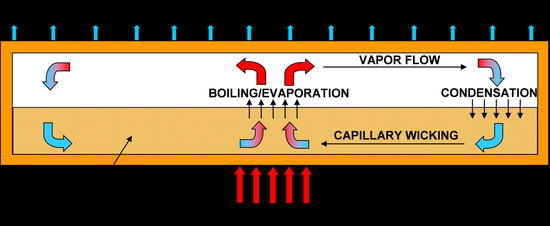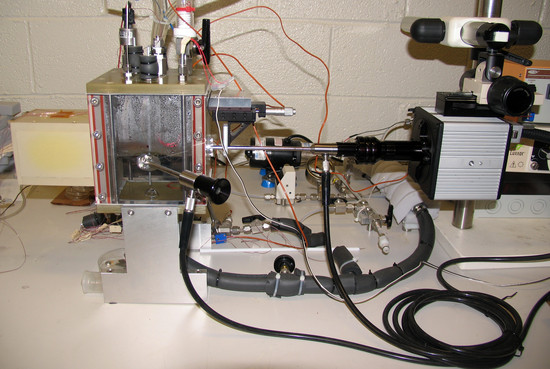Modern microprocessors offers not only impressive performance but also often substantial heat emissions. A team of university scientists and industry experts have developed a new cooling technology that uses nanotechnology for cooling even the hottest chips of today.
The nanowick technology will make it possible cool microprocessors with heat emissions of 550 watt per squarecentimeter, about 10 times higher than any current microprocessor.
The miniature, lightweight device uses tiny copper spheres and carbon nanotubes to passively wick a coolant toward hot electronics, said Suresh V. Garimella, the R. Eugene and Susie E. Goodson Distinguished Professor of Mechanical Engineering at Purdue University.
Just like regular liquid cooling water plays an important part, but using nanopipes and tiny copper spheres it will be capable of moving a lot of water and handle large amounts of heat. And it does so without a pump to keep the water moving, since the nanowick technology moves the water by itself.
The water is moved around through capillary wicking through microchannels in the cooler, from the cool side to the hot where it vaporizes and then moves away to condensate and start all over again. Not at all different from regular heatpipes, which were the working model for the team at Purdue University School of Mechanical Engineering.

The tiny pore size, made possible by sintering even smaller copper spheres and shaping the active cooling surface, create the capillary motions that are the very base of the published article.
The research team spent a lot of time optimizing the pore size where they found a good balance of friction and capillary motion with 50nm copper tubes.
The nanowick cooling technology is slated to appear on the market in just a few years, but we’re expecting server cooling foremost and perhaps later on something for retail, if ever. With many big names and companies backing them up the future looks brighter than usual for this still experimental technology.
Source: Perdue.edu
















